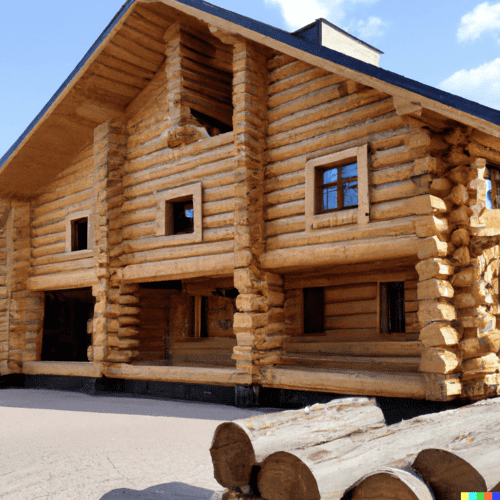
Timber is a natural, renewable, and sustainable building material. The growing range of engineered wood systems is generating interest around the world. As the timber construction industry grows, it produces a drive for greater innovation in timber building solutions.
The use of multi-storey residential and commercial timber buildings has a long history. Nowadays, the growing popularity of timber construction projects can be attributed to the widespread availability of high-quality native hardwoods and framing materials, and increased interest in green building initiatives.
Timber frame construction can be used for buildings up to eight storeys in height. It is a great structural material and comes with several unique properties. Timber structures provide a natural atmosphere and are generally aesthetically pleasing. The natural wood finish tends to compliment any interior design theme.
ThinkWood is a communications campaign. They provide commercial and residential wood design and build resources for industry professionals like architects and contractors.
ThinkWood’s work enables advances in wood construction. They endeavour to reimagine the future of built environments by combining strength with sustainability.
With this in mind, here are some trends that the industry professionals at ThinkWood recommend watching for in 2022:
Timber construction improves access to living spaces which are comfortable, economical and sustainable. Recent problems with fuel poverty, on-site labour shortages, and lower net carbon manufacturing targets have all been affecting recent timber trends. Timber construction has never had a greater influence on the affordable house-building industry.
As long as timber forests are properly maintained and managed, they could provide a source for affordable, renewable building materials. Plus, advancements in timber technology have resulted in newer and more innovative architectural projects, which include taller, larger multi-storey wood structures.
Prefabrication (Prefabs for short) is a construction method that involves assembling building components off-site — usually in a factory setting — to accelerate construction timelines. Timber prefabs have greatly enhanced safety by reducing the amount of work required in extreme conditions.
As off-site panels are pre-fabricated, there are also higher levels of quality control, which helps to keep costs down. Offsite construction results in reduced site prelims, less labour waste and fewer materials. Improved building quality means fewer callbacks, resulting in higher customer satisfaction levels.
Hybrid construction involves combining timber with different building materials such as concrete, steel and glass. The techniques deliver a wide range of structural solutions for all types of building projects.
The fabrication of a timber building frame takes place in a factory and therefore isn’t weather dependent. This means that build programmes are far more predictable and reliable, and the speed of construction helps to keep project costs low.
Zero-carbon targets are amongst the top factors influencing timber construction trends. Despite the Covid-19 pandemic, the non-residential green building market reached $80 billion in 2020. [Source]
Timber products have proven to be one of the most sustainable modern building solutions, since they require less energy to manufacture compared to other materials. In addition, they naturally store carbon through the useful lifetime of the product. Timber is the best material with which to create modern, energy-efficient homes. It is naturally thermal, so produces a warmer home, which results in a reduction in overall household energy consumption.
Due to a shorter construction period and less labour on site, Timber frames almost completely guarantee a faster construction time for your project. These projects often require around 25% fewer on-site labour days, and a shorter overall construction period. Timber construction is cheaper than concrete frame construction, particularly on larger projects. This is due to resultant savings from a reduction in preliminary costs, contingency costs and financing costs.
Did you know thatbuilding developers and industry experts have noticed an increase in sales of timber buildings compared to their non-wood counterparts?
As you plan your new timber home or timber building with an expert like Nicola LogWorks in Merritt BC, consider some of these trends and how they may influence your timber home’s design plans.
Our team at ABDA hopes you enjoyed this article about Timber Construction Trends. We're a team of content writers who specialize in SEO-focused content to help broaden and boost keyword rankings. If you're a log building contractor who wants articles like this on your webiste, contact us today!
Read more articles in our Construction category
October 28th 2022